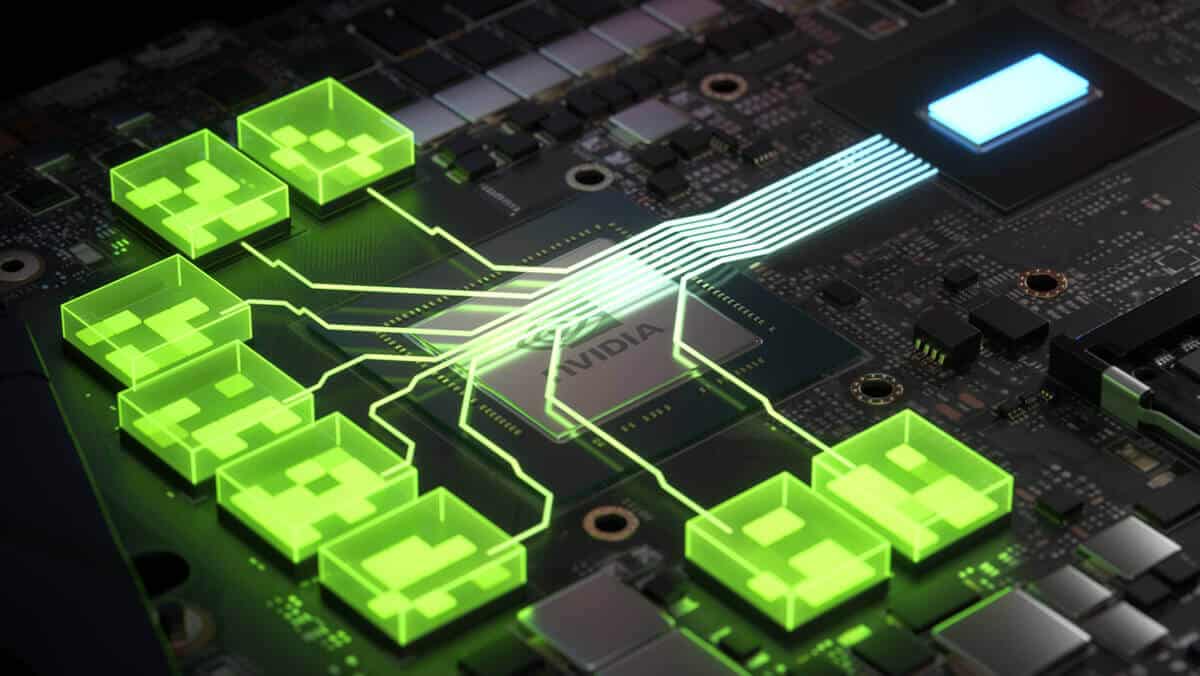According to the latest rumors, NVIDIA will hike the prices of its next-gen RTX 40 series graphics cards by over 10%. The Ada Lovelace lineup is expected to launch sometime in the third quarter of 2022. The GeForce RTX 4070, 4080, and 4090 will be the first SKUs to be announced, followed by the RTX 4060. Out of these, the RTX 4070 which is an upper midrange part is expected to get a 10% increase in MSRP over the RTX 3070.
Meanwhile, the higher-end SKUs are expected to get an even larger hike in prices. The GeForce RTX 4080 will likely cost $799-899, with the RTX 4090 costing around $1,999. Going by the 10% hike, the RTX 4070 will cost $549, a $50 premium over the $499 RTX 3070. The RTX 3060 was $20 cheaper than the RTX 2060 at the time of launch, but the mining boom pushed it to oblivion. The RTX 4060 should cost the same as the RTX 2060, around $349, if not more.
The reasons for the price hike are multiple. Firstly, the RTX 40 series GPUs will leverage TSMC’s 5nm node which is much more expensive than Samsung’s 8nm LPP process. Secondly, the prices of raw materials and secondary ICs have also soared due to the persisting semiconductor shortages. GDDR6X memory which is likely going to be used with the RTX 4070 as well is also a fair bit more expensive than stock GDDR6.
Finally, as a result of the shortages, most GPUs are being sold for 2-3x the MSRP. This gives NVIDIA the opportunity to increase the MSRP without any consequences. Gamers won’t be able to buy the GPUs unless the shortages subside, and miners are willing to pay just about anything.
On a more positive note, the next-gen GPUs from both NVIDIA and AMD are expected to usher a significant performance uplift compared to their contemporary counterparts. AMD’s Radeon RX 7900 XT flagship will be based on an MCM (chiplet) design with a total of over 15 thousand cores (15,360 to be exact) across 60 WGPs. It should easily be 2.2-2.5x faster than its predecessor, with the RX 7800 XT (Navi 33) beating the RX 6800 XT by 30-40%.
For NVIDIA’s GeForce RTX 4080 and 4090, we’re once again looking at twice as much performance as the contemporary Ampere parts, with an FP32 core count of up to 18,432. The AD102 flagship is rumored to feature 144 SMs distributed across 12 GPCs. That results in a 71% gain in raw compute performance (66 TFLOPs) over the GA102. Even if TSMC’s N5 node is 30% more power-efficient than Samsung’s 8nm LPP node, we’re looking at an increase of at least 80% in hardware units. That should easily result in a power draw at least 30-50% more than the top-end RTX 3080/3090 Ampere offerings.
The bus width of the RTX 4080 and 4090 should be the same as their predecessors (384-bit and 320-bit), paired with faster GDDR6X chips, resulting in even higher memory bandwidth. The RTX 4090 should pack up to 24GB of GDDR6X memory, and clock speeds rivaling the Navi 31 parts (2.3-2.5GHz). As for the overall performance throughput, we’re looking at around 90 TFLOPs of FP32 performance, a big step up over the 3090’s 36 TFLOPs.

 Ghost of Tsushima PC Specs: NVIDIA RTX 4080 for 4K 60 FPS, Likely to Favor AMD Radeon
Ghost of Tsushima PC Specs: NVIDIA RTX 4080 for 4K 60 FPS, Likely to Favor AMD Radeon AMD Radeon RX 8800 XT Release Date and Specs
AMD Radeon RX 8800 XT Release Date and Specs Intel 2nd Gen Arc Battlemage Graphics Cards Allegedly Launching in November 2024
Intel 2nd Gen Arc Battlemage Graphics Cards Allegedly Launching in November 2024 NVIDIA GeForce RTX 5090 Launching in Q4 2024; RTX 40 GPU Prices Trend Upwards
NVIDIA GeForce RTX 5090 Launching in Q4 2024; RTX 40 GPU Prices Trend Upwards